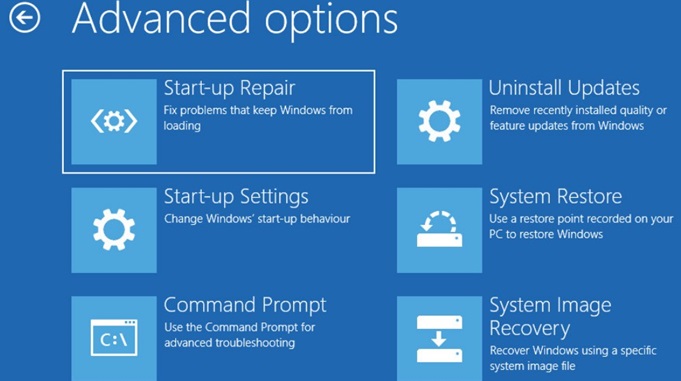Hello, my recovery partition got messed up when I converted my OS disk to gpt (mbr2gpt.exe tool).
I have changed my recovery partition to a readable drive and I have assigned it a letter. (I will add my process in a reply to this post).
I have turned off recovery using reagentc /disable
now I am trying to use the command reagentc /setreimage /path f:\Recovery\WindowsRE to assign the recovery directory. (F is the drive that is my recovery partition)
I get the error:
REAGENTC.EXE: The specified path was not found.
In windows explorer, I can see that the f:\recovery folder is "Read Only" is (box filled mark). "Hidden" is greyed out. I have already tried turning off "Read Only" but that seemed to not have any effect, for when I close and reopen properties, the box is filled again. Access is denied.
I figure that I could try changing the Owner using the advanced security dialog, but I am wary of doing that since I don't know if I'll be able to set it up again.
Does anyone have any suggestions? Hopefully I'm missing an easier path.
I have changed my recovery partition to a readable drive and I have assigned it a letter. (I will add my process in a reply to this post).
I have turned off recovery using reagentc /disable
now I am trying to use the command reagentc /setreimage /path f:\Recovery\WindowsRE to assign the recovery directory. (F is the drive that is my recovery partition)
I get the error:
REAGENTC.EXE: The specified path was not found.
In windows explorer, I can see that the f:\recovery folder is "Read Only" is (box filled mark). "Hidden" is greyed out. I have already tried turning off "Read Only" but that seemed to not have any effect, for when I close and reopen properties, the box is filled again. Access is denied.
I figure that I could try changing the Owner using the advanced security dialog, but I am wary of doing that since I don't know if I'll be able to set it up again.
Does anyone have any suggestions? Hopefully I'm missing an easier path.

